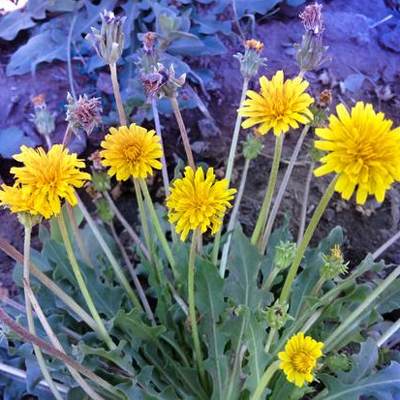Homegrown bioelastomers: A sustainable opportunity
It has been estimated that there are 2,500 plants that can produce a natural latex: a bioelastomer. Of course, not all of them can produce a polymeric latex with a high molecular weight, readily processable and commercially viable. To date, three species account for the majority of interest associated and centered
around the discussion of natural latex: Hevea rubber trees (Hevea brasiliensis), guayule (“why-yule-ee,” Parthenium argentatum) and rubber dandelion (Taraxacum kok-saghyz). The rubber tree, typically found in tropical Southeast Asia, produces nearly 90% of the world’s natural latex. Guayule (a desert shrub) and rubber dandelion are plants found in more temperate regions in the U.S., and figure to be potential domestic sources of natural rubber and latex.



